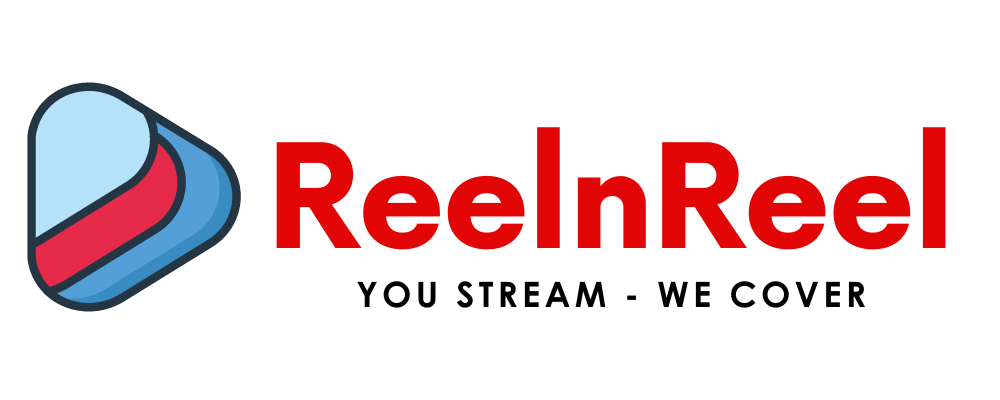People who watch online videos might have come across JW Player. While choosing a video platform, people look for media that are feature rich. Apart from having many exciting features, JW Player offers hosting solutions, seamless integration, and analytics. Let us know about this famous video player.
1. JW company is based in New York
2. It was launched by Jeroen Wijering JW in 2005.
3. JW Player was merged with New York City Digital ad agency LonTail Video.
4. JW Player is the most popular and can be seen on more than two million websites.
5. JW player is also used to view videos on desktops, tablets, and phones.
6. It also offers hosting, streaming, and video advertising services.
7. API implementations of JW Player help customize and easily integrate.
8. The player supports monetization technologies such as VPAID 2.0, Google IMA, etc.
9. JW Player is also a Google Certified Publishing Partner.
10. JW Player offers live streaming and can reach viewers on various devices.
11. JW Player was the website’s most popular HTML5/Flash media player.
12. This player is said to be the best for those who want high-quality, fully functional video players on their website.
13. JW Player also has built-in email, Facebook, Twitter, and Pinterest sharing functionality.
14. This platform playlist RSS feed is incompatible with iTunes video podcasting submission parameters.
15. It is responsive HTML5
16. Playlist functionality and players can be customized as per user specifications.
17. Upload the video to the JW platform, and the user can get multiple options for selecting thumbnail of the video.
18. It is said that the technical support is prolonged.
19. Those who want to maintain a JW player plug-in on their website must have basic knowledge of HTML programming.
20. As an HTML5 player, JW Player delivers a good viewing experience.
21. JW Player can upload and manage video content, create players, publish content on the platform, and increase engagement.
22. JW Player used HTML5 and Flash playback technologies.
23. JW Player on Desktop supports Chrome, Firefox, Internet Explorer 9+, MS Edge, and Safari.
24. These browsers support all features of JW Player.
25. Safari on iPhone, Safari on iPad, and Chrome on Android are mobile browsers officially supported by JW Player.
26. JW Player with HTML5 is supported on these mobile browsers.
27. On mobile devices, it is impossible to auto-start video on loading of the page using JW Player.
28. Changing the volume and mute state is also impossible on mobiles.
29. On iPhones, video with JW Player is played in only full-screen mode.
30. Windowed and full-screen modes are supported on iPad and Android devices.
31. The formats supported by JW Player with HTML5 and Flash are MP4, AAC, MP3 and HLS.
32. WebM and Vorbis formats can be played in HTMLS5 on a limited browser.
33. JW Player has three pricing options, free, premium, and platinum.
34. The free option includes an HTML5 video player, Android and iOS mobile SDKs, and Apple TV showcase apps.
35. For free users, 25GB monthly streaming and 10k video plays are offered.
36. Premium option is available for $299 per year.
37. Premium option features include adaptive streaming, multi-bitrate HD encoding, and Airplay and Chromecast.
38. 25GB streaming and 100k video plays are offered in the Premium option.
39. JW Player Platinum option is available for $999 per year.
40. The features include HTML5 and mobile ad insertion, certified Google IMA integration, advanced Ad scheduling, etc.
41. Premium offers users 500GB of streaming and 200k video plays per month.
42. JW Player can maximize video ad revenue from mobile, OTT platforms, and other devices.
43. JW Player works with most networks and ad servers.
44. JW Player 6 supports six media formats, three audio file types, and YouTube videos.
45. JW Player 7.2 was launched a few years ago with new features.
46. This comes with improved social sharing.
47. It is possible to build with a JW Player, so a JW Player account is needed.
48. With a JW Player account, it is possible to access JW Platform, Player, Android, and iOS SDKs.
49. Noncommercial users can use JW Player for free.
50. Setting up JW Player is easy. Create an account in the official version, download, unzip, and upload to the web server. Include the script on the web page.
JW Player supports various media formats so that the videos you are playing can be streamed on desktops, smartphones, and tablets. It also allows hosting its videos and offers analytics and other features. Another attraction is the support for HTML5.
Using JW Player and Amazon CloudFront to Stream HLS Video
HLS adaptive streaming can be carried out using the JW player and the CloudFront. The first thing you have to do is get an account in both Amazon web services and the premium license from the JW player. HTTP live streaming protocol is beneficial and can be utilized for video streaming using the web server online. It generally supports live streaming and on-demand streaming. It also automates the adapt stream quality to the device and the networking conditions. The protocol typically works with the live streaming that was separated before delivering the short files. The segments can be stored on a standard web server and can be requested individually by the video player. The use of JW Player and Amazon CloudFront to Stream HLS Video has been explained here.
JW player supports HTTP live streaming across iPhone and iOS-built devices and also supports HLS playback for different browsers. It also allows the JW player that deploys the HLS single streaming format across the devices. HLS streaming or HTTP live streaming has an advantage over RTMP streaming as it can incorporate the firewall and the proxy servers that pay primarily on mobile devices and desktops. The RTMP streaming will not work on mobile devices and desktops.
HLS streaming with Amazon CloudFront
The HLS streaming with the JW player is a combo that covers the various platforms. Here are some steps in the HLS streaming using the Amazon CloudFront and JW player.
• Buckets setup and the pipeline setup:-
there is a need to create three buckets: one bucket contains the video to process, the other for the video output, and the last for previewing the images, which can be considered optional. After the selection, go with some technical details and upload the video. Use the electric transcoder for conversions, create a pipeline, and create a new job by clicking the concerned buttons. Click the add permission button to make files public in the output bucket.
• Transcoding job and creation of preview thumbs: –
create a new transcribing job and fill in the output details. Select the segment file name preview and set up with more information to preview the thumbnail with good resolution.
• Creating the various distributions:-
create different distributions by setting the buckets to the public and can add the permission button to add more distributions
• Adding to cross-domain XML:-
It is permission for access to the content and the website domain. It is used to test the HLS adaptive streaming. Click on the properties tab at the top right corner, then click the permissions link and save the settings.





